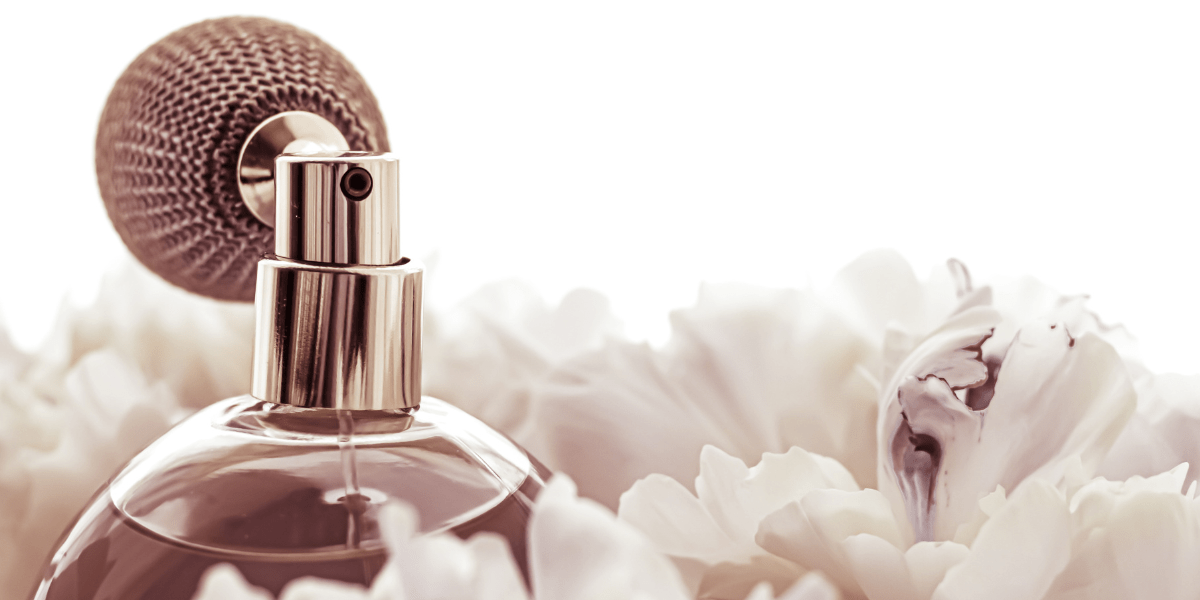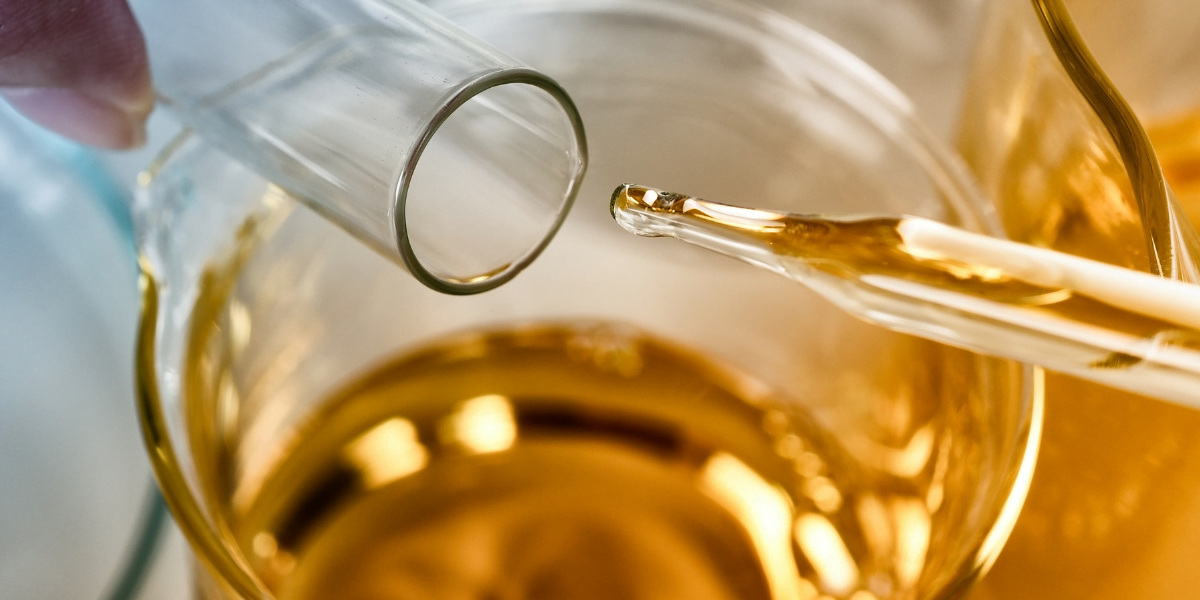Delve into the intriguing world of fragrances and uncover the fascinating composition of scents, from top to base notes. Have you ever wondered what makes a fragrance so alluring? In this blog post, you will discover the intricate layers of a fragrance and how each note contributes to its captivating allure. Understanding the composition of fragrances can help you make more informed choices when selecting a new scent, as well as enhance your overall appreciation for the art of perfume making. Let’s embark on a journey through the various elements that make up the scents you love.
The Art of Perfumery
Before we delve into the fascinating world of fragrance composition, it’s important to understand the art of perfumery. Perfumery is the art of creating captivating scents that evoke various emotions and memories. It involves a deep understanding of the olfactory system, as well as the skillful blending of different aromatic ingredients to create a harmonious and complex fragrance.
Historical Perspectives on Fragrance Creation
The art of perfumery dates back thousands of years, with the ancient Egyptians, Greeks, and Romans being some of the earliest civilizations to have developed sophisticated methods for creating fragrances. Fragrances were highly prized and used in religious rituals, as well as for personal adornment. The use of fragrances has been documented in historical texts and archaeological findings, showcasing a rich tradition of perfume-making.
Modern Practices in Scent Design
In the modern era, the art of perfumery has evolved significantly, with advancements in technology and chemistry leading to the creation of a wide variety of synthetic and natural aroma compounds. Perfumers now have access to a vast palette of ingredients, enabling them to create complex and innovative fragrances. The process of scent design involves meticulous experimentation and testing, as well as a deep understanding of the interaction between different fragrance ingredients. Modern perfumery also focuses on sustainability and ethical sourcing of raw materials, ensuring that the fragrance industry is mindful of its environmental impact.
The Olfactory Pyramid
Obviously, you are familiar with the idea that fragrances have different layers of scents that unfold over time. This concept is known as the “olfactory pyramid,” and it is a key part of understanding the complex composition of fragrances. The olfactory pyramid is divided into three main layers: top notes, heart notes, and base notes. Each layer plays a crucial role in the overall scent of a fragrance, and understanding the characteristics of each layer is essential for appreciating the art of perfumery.
Understanding Top Notes
When you first apply a fragrance, the initial burst of scent that you experience is the top note. These notes are the lightest and most volatile, meaning they evaporate relatively quickly. They are what you smell within the first few minutes of applying the fragrance. Top notes are often fresh and citrusy, designed to capture your attention and create a memorable first impression. They are like the opening act of a fragrance, setting the stage for the layers that will follow.
Exploring Heart Notes
After the top notes have faded, the heart notes of the fragrance start to emerge. These notes are often considered the heart and soul of the fragrance, as they make up the main body of the scent. Heart notes are more stable than top notes and can last for several hours. They usually consist of floral or fruity scents, adding depth and complexity to the fragrance. The heart notes are what you will primarily smell during the majority of the fragrance’s wear time, making them a crucial part of the overall experience.
Delving into Base Notes
As the heart notes begin to fade, the base notes of the fragrance come to the forefront. These notes are the foundation of the scent and are the longest-lasting. They are often rich and deep, providing a sense of warmth and sensuality to the fragrance. Base notes are what linger on your skin for hours after application, creating a lasting impression. They are crucial for the overall longevity and depth of the fragrance, making them an essential part of the olfactory pyramid.
The Chemistry Behind Fragrances
To truly appreciate the art of fragrance composition, it is important to understand the chemistry behind it. Fragrances are made up of complex chemical compounds that create a unique olfactory experience. These compounds can be derived from natural sources or produced synthetically in a lab, each playing a crucial role in the overall scent profile.
Natural vs. Synthetic Ingredients
When it comes to fragrance composition, the debate between natural and synthetic ingredients is a prevalent one. Natural ingredients are derived from plants, flowers, and other organic materials, giving them a unique and authentic scent. On the other hand, synthetic ingredients are created in a laboratory to mimic the aroma of natural substances. While some argue that natural ingredients offer a more authentic and complex scent, synthetic ingredients can be more stable and sustainable, making them a more reliable option for perfumers. Additionally, the use of synthetic ingredients allows for the replication of scents that may otherwise be rare or endangered in their natural form, ensuring their preservation and availability for future generations.
The Role of Fixatives in Perfume Longevity
Fixatives are essential components in fragrance formulation that help prolong the longevity of the scent on your skin. These compounds work by slowing down the evaporation rate of the fragrance, allowing the top, heart, and base notes to unfold gradually over time. Fixatives are crucial in ensuring that the fragrance remains intact and lasts longer on your skin, providing a more consistent and enduring olfactory experience. Common fixatives include resins, musk, and woods, each adding a unique depth and staying power to the fragrance.
Experiencing Scents
Your sense of smell is one of the most powerful ways to experience the world around you. The way a fragrance makes you feel can be deeply personal, evoking memories, emotions, and associations with people and places. Understanding how scents are experienced can help you appreciate the complexities of fragrance compositions.
The Personal Nature of Fragrance Selection
Your choice of fragrance is a deeply personal decision. The scents you are drawn to often reflect your individual preferences, personality, and experiences. Certain fragrances may resonate with you on a personal level, bringing you joy, comfort, or a sense of identity. Your unique body chemistry also plays a role in how a fragrance interacts with your skin, making the same scent smell different on different individuals. It’s important to take the time to explore and experiment with different fragrances to find the ones that truly speak to you.
Cultural Influences on Scent Preferences
Your cultural background can significantly influence your scent preferences. Different cultures have unique traditions, rituals, and beliefs surrounding fragrance, shaping how individuals perceive and use scent. For example, certain scents may hold special significance in specific cultures, such as being associated with religious ceremonies or traditional healing practices. Additionally, geographic location and climate can impact the types of scents that are popular in different regions. Understanding the cultural influences on scent preferences can offer valuable insights into the diverse world of fragrance and expand your appreciation for the art of perfumery.
Summing up: Exploring the fascination composition of fragrances – from top to base notes
As you have learned, the composition of fragrances is a complex and intricate process that involves layering scents from the top notes to the base notes. Understanding the different components of a fragrance can help you appreciate the artistry behind creating a scent and allow you to better select a fragrance that suits your personal preferences. By understanding the top, middle, and base notes of a fragrance, you can not only appreciate the complexity of the scent but also make more informed choices when selecting a fragrance that aligns with your taste. So next time you spritz on your favorite fragrance, take a moment to appreciate the skill and craftsmanship that went into creating it, from the top notes to the base notes.
FAQ
Q: What are the top, middle, and base notes in fragrance composition?
A: Top notes are the first impression of a fragrance, fading within 15-30 minutes. Middle notes, or heart notes, emerge after the top notes fade, lasting up to 1-2 hours. Base notes provide the long-lasting foundation of a fragrance, appearing after the middle notes and lingering for hours.
Q: How are fragrances composed and balanced using top to base notes?
A: Fragrances are carefully crafted by blending essential oils and aroma compounds to create a harmonious blend of top, middle, and base notes. Perfumers use their expertise to balance the volatility and strength of each note, ensuring a smooth transition from the initial burst of scent to the lingering base notes.
Q: Why is the exploration of fragrance composition important in the perfume industry?
A: Understanding the intricate composition of fragrances is crucial for creating unique and captivating scents. By exploring top-to-base notes, perfumers can unleash their creativity and develop original fragrances that evoke specific emotions and memories. This exploration is essential for staying ahead in the competitive perfume market.




















